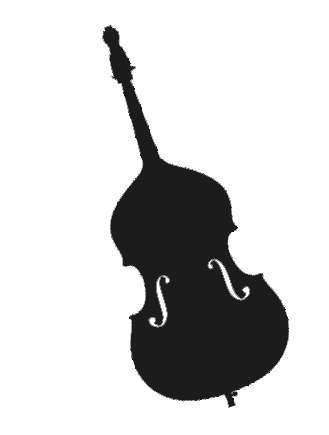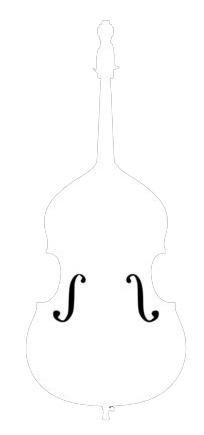To understand how to hear ”tonal music”, one needs to understand what it means to be in a “tonal center” or “tonality”.
This means that while one is in a “tonality” one tone is heard as a “tonic” or a “home base” All other tones are heard in relation to this tonic pitch.
Many students study ear training through “interval ear training” which is to hear and identify intervals from one pitch to another without a given tonal center. Although this is useful, one does not hear the tones in relation to the bigger picture (the tonality) and as a result, it really doesn’t allow one to hear in a logical manner.

One should be able to hear the difference between these minor thirds, but the only way to hear this, is to able to hear and identify the intervals relation to the Tonic.
D to F sounds drastically different than B to D even though they are technically the same interval (a minor third).
In a given Tonal Center we use the syllables of solfège to hear the relation.

Solfége Syllables
Re to Fa
Mi to So
La to Do
Ti to Re
In the tonality of C MAJOR
D to F
E to G
A to C
B toD
In the tonality of G MAJOR
A to C
B to D
E to G
F# to A
One can see that the notes in the tonal centers are different, yet the solfège syllables stay the same! Once one hears in a tonal center with solfège, then one can truly hear in any key center…..the ears begin to hear FA as a distinctive sound (something we can get into later in terms of “how one can hear this”) if one hears FA in C, then one can equally hear FA in any other key!!
This is the first step!!! There are many many more, and if you are interested in learning more, please feel free to contact me anytime!



